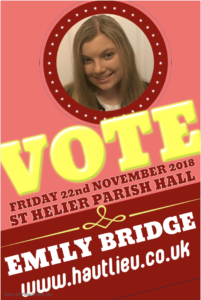War of The Worlds was a book originally published by H.G Wells in 1898. War of The Worlds was originally broadcast on the radio on October 30th, 1938 between both WW1 and WW2 The 30’s was a decade of uncertainty and unfortunate events as people were still recovering from WW1, the Great Depression and Wall Street’s crash. However, dictators like Hitler were gaining popularity and strength at this time meaning the Nazi party were gaining people strength and force, as well as its’ persecution of Jewish people. A second world war was approaching, bringing with it an air of uncertainty and negativity. In contrast, the 1930’s and 1940’s brought the ‘Golden Age’ of radio to the masses, whereby radio was the most used media platform in households across the world.
The War of The Worlds was broadcast in America by CBS radio, as part of The Mercury Theatre’s ‘On the Air’ series. The broadcast is an early example of a hybrid as it mixes conventions from H.G Wells’ science-fiction story together with a News / Documentary type broadcast. Roughly 80% of households in the US owned a radio at the time. There was a drama performance of War of The Worlds which was adapted to sound like a present day, live broadcast with no intervals and only having one announcement at the beginning to warn listeners that it was a play and not a real broadcast.
Welles used simulated on-the-scene radio reports about aliens advancing on New York City linking to the story. Repetition of this technique throughout the performance links to Stuart Hall’s Cultivation Theory where over time a story becomes more believable.
The broadcast demonstrates how media institutions manufacture consent. Therefore, this creates a presence on how the media dominates, and is dominated by power. By exposing how people react with panic if the “news” provides the audience with information about the significance of an event, Orson Welles exposed how the media can spread fake news. The War of the Worlds broadcast is also considered an early form of ‘fake news’ as it supposedly had some members of the American public believe that there had been an alien invasion on earth.
At the time of the broadcast, American citizens will have been very on edge considering the events happening in the world around them due to the anticipation of a second world war. The broadcast became famous for supposedly causing mass panic among its listeners however, many doubt the scale of panic that was claimed to have been made, as the radio channel had relatively few listeners. In reality, it was the speculations that newspapers portrayed that caused mass hysteria.




